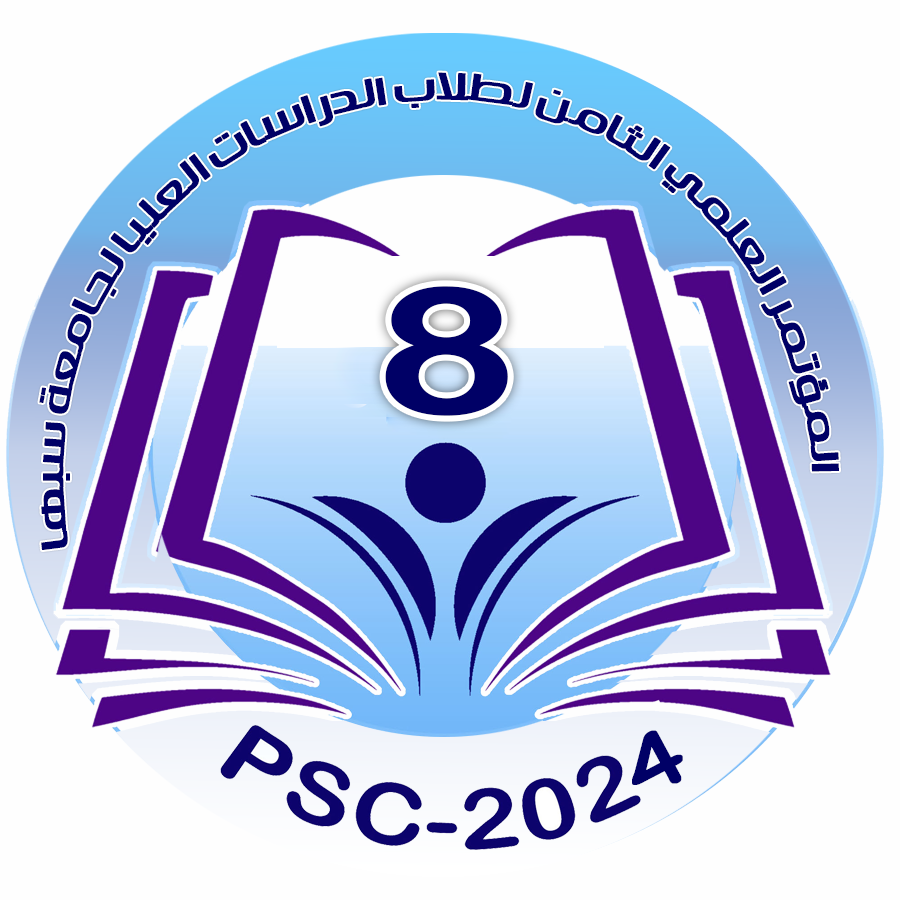Determine the association of antibiotic resistance with the extra chromosome
Main Article Content
Abstract
ntibiotic resistance is a major public health problem. And that the spread of resistance genes and the lack of effective antibiotics exacerbates the problem, and that when resistance genes are present on plasmids, they are responsible for the spread of antibiotic resistance genes, Genetic transformation is a method of transmitting plasmids. This study aims to determine the association of antibiotic resistance with the extra chromosome. The bacteria was isolates of Gram-negative bacteria represented by E.coli. Sensitivity test of the bacterium against antibiotics was established, To study the role of plasmids in antibiotics resistance, curing experiment was using Ethidium Bromide (Et.Br), Sodium dodecyl sulfate. The results showed bacteria to resistant antibiotics of the Phenicol،Cephalosporin، Tetracycline، Glycopeptide، Macrolid، Polymyxins، β- Lactamase, AND sensitive to the OTHER ANTIBIOTIC, and were detected high sensitive to fluoroquinolones, Nitrofuran. The results of the molecular genetic content assay showed of the bacteria E.coli9 that contained three plasmid bundles, and E.coli12 contained a bundle of plasmid in addition to a large plasmid, Results showed the loss of resistance of the antibiotic Erythromycin and Chloramphenicol, and that resistance can be transmitted by plasmids by horizontal gene transfer (genetic transformation). Thus, antibiotic resistance genes can be acquired .The plasmid bears antibiotic resistance.
Article Details

This work is licensed under a Creative Commons Attribution-NonCommercial-ShareAlike 4.0 International License.
